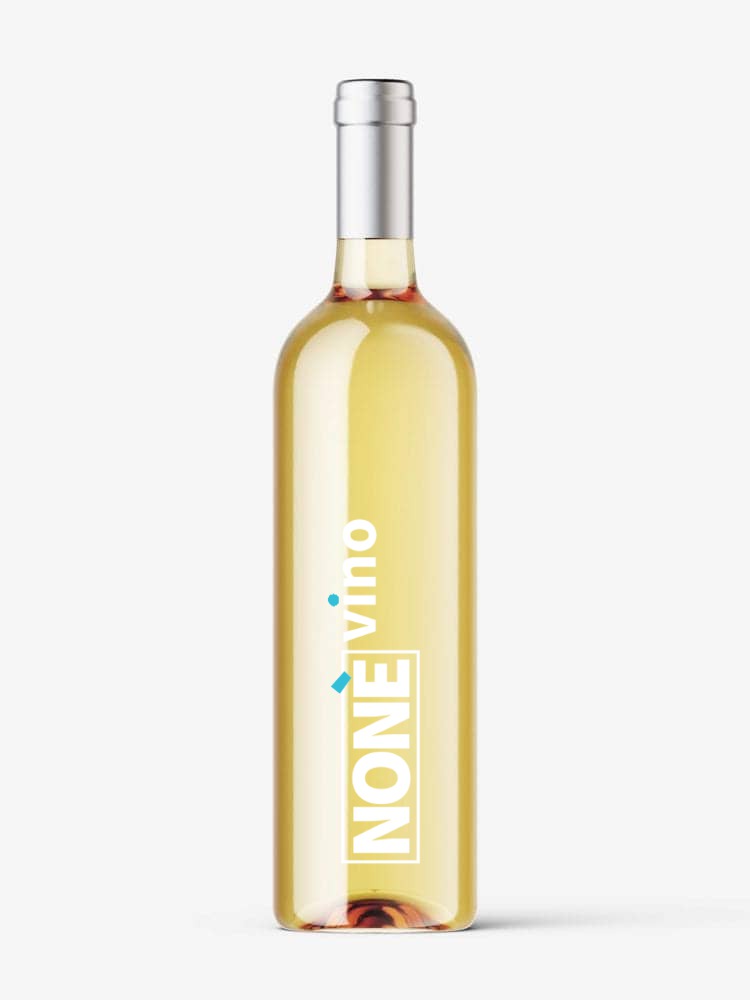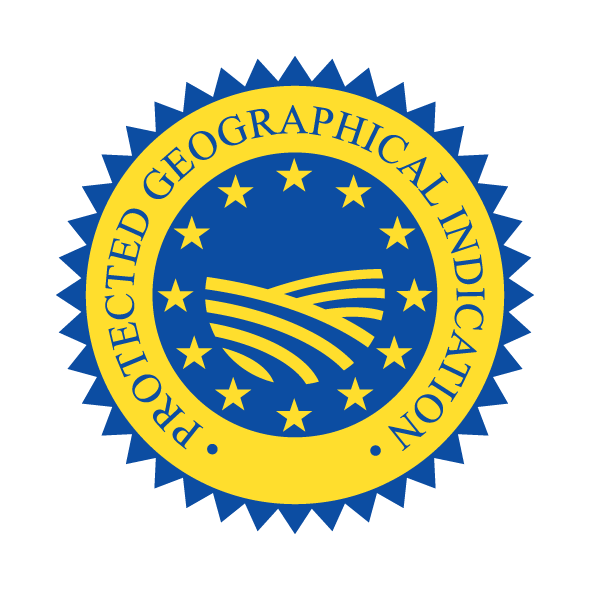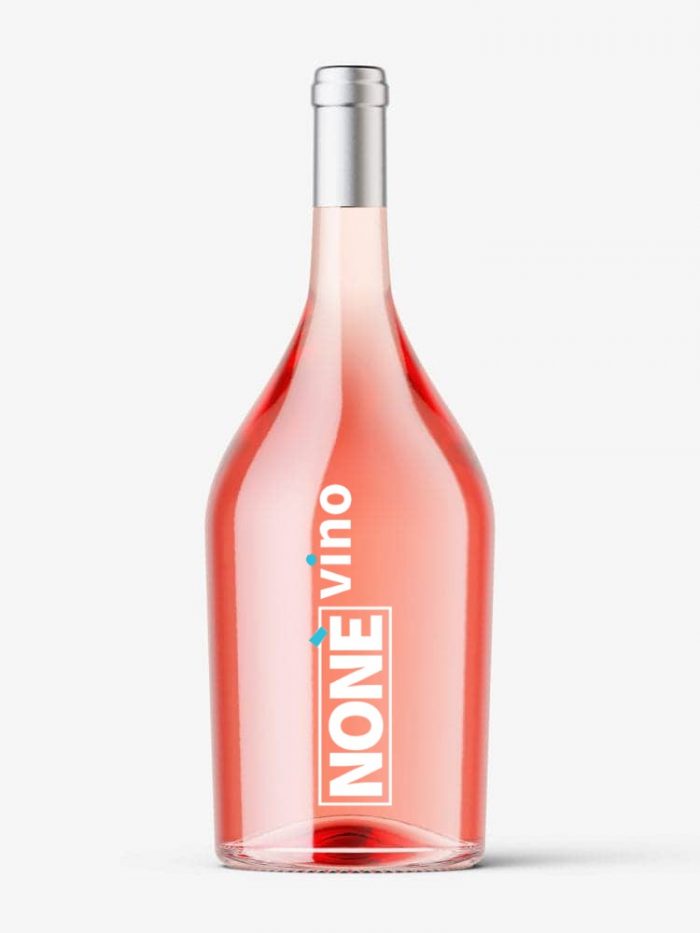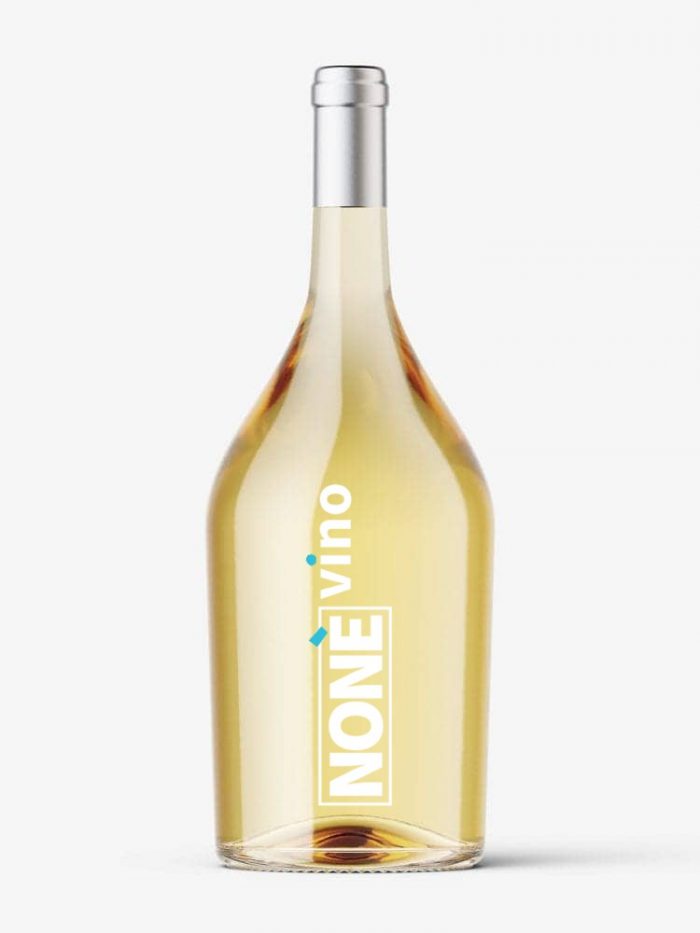The geographical area dedicated to the production of IGT Benevento wine extends over a hilly area of the Campania Apennines between 200 and 650 meters above sea level.
The production area of the IGT Benevento wine is located in:
– province of Benevento and includes the entire territory of the province.
During the vinification phases, only loyal and constant oenological practices of the area are allowed, suitable to give the wines their peculiar quality characteristics.
The maximum yield of grapes into IGT Benevento wine must not exceed 80% for all types of wine, with the exception of the passito type for which it must not exceed 50%.
On the basis of the findings and studies carried out, it can be said that the cultivation of vines in the province of Benevento has ancient origins dating back to the second century BC. In the village of Dugenta an imposing deposit was found, with its production oven, of amphorae used for the conservation and trade of wine.
Much of the wine produced in the province of Benevento and that also coming from other parts of Italy was sold to the wine market of Pompei second only to that of Rome.
The Sannio for many centuries represented the natural connection between Puglia and Campania. Through the paths of transhumance the Samnites got to know the world of Abruzzese and Pugliese wine through which they brought the Greek vines of Epirus to the Sannio.
In the Benevento area, as in the rest of Campania, viticulture experienced a crisis due to the change in the taste of the Roman market which discovered the lighter and more fragrant wines of northern Italy and Gaul.
The first Gallic wine arrived in Rome in 79 AD A reversal of the trend occurred only around 500 AD thanks to the Lombards, who not only imported vines of Pannonian origin, but protected the vines from explanting even with the death penalty. Charlemagne also took care of the vine through the Capitulare de Villis, but it was thanks to the church that around the year 1000 there was the definitive relaunch of vine cultivation which also involved the Samnite territory.
Up to 1400, many Benevento wines thanks to the possibility of exploiting the navigable rivers that crossed the province, the largest wine sorting ports for the entire Mediterranean and the seas arrived at the ports of Gaeta and Naples of the North. In those years, huge quantities of wine were transported to Naples from the hinterland of Benevento and Avellino, and together with still wines, sweet wines were also transported in great demand by the European market at that time.
For a first description on a scientific basis of Benevento viticulture we must wait for the Murattian Statistics of 1811, the first and true study of the Samnite territory that allowed us to know the productions of the province of Benevento and to reconstruct the economic-social conditions and lifestyles. of the Samnite population.
This study shows that the province of Benevento produced wines that met the different demands of the market, in fact the wine of Cerreto Sannita was considered very valuable together with that of Solopaca, Frasso Telesino, Melizzano and were sold on the regional and extra-regional market; those of Sant’Agata dei Goti were sold only on the provincial market, while in Guardia Sanframondi a sweet and fortified wine similar to that of Malaga was produced.
In 1872 a great scholar, Giuseppe Frojo, began to talk about the vine in a scientific sense and argued that the best grapes of the Campania region were Pallagrello, now widespread only in the province of Caserta, but he also praised the Aglianico, Sciascinoso, Piede di Colombo (Piedirosso), Greco and Fiano, all vines grown in the province of Benevento. About twenty years after Frojo, the Ministry of Agriculture made an accurate analysis of the grapes present in the Samnite territory. Aglianico remained the predominant grape variety, followed by Piedirosso, Aglianicone, Gigante, Mangiaguerra, Tintiglia di Spagnala Vernacciola and Sommarello.
Among the white berried wines we note Bombino, Amoroso bianco, Passolara, Greco, Malvasia, Moscatello and Coda di Volpe. In this period the wine produced is destined for internal consumption, as a bourgeois class more attentive and sensitive to good food was being born in the province of Benevento, but also transported to northern Italy as much appreciated and requested.
After the two great world wars, there was an awakening in all the productive sectors that also influenced the agricultural one, and in the province of Benevento it happened that the farmers, until then only owners of the land, also acquired the properties. In this period the grape production increased significantly in the province of Benevento, favoring on the one hand the birth of the first Enopolio in the province of Solopaca which boasted a capacity of 13 thousand hectoliters against only five thousand of the Neapolitan Enopolio, but on the other hand the exploitation of the big mediators towards the small producers.







